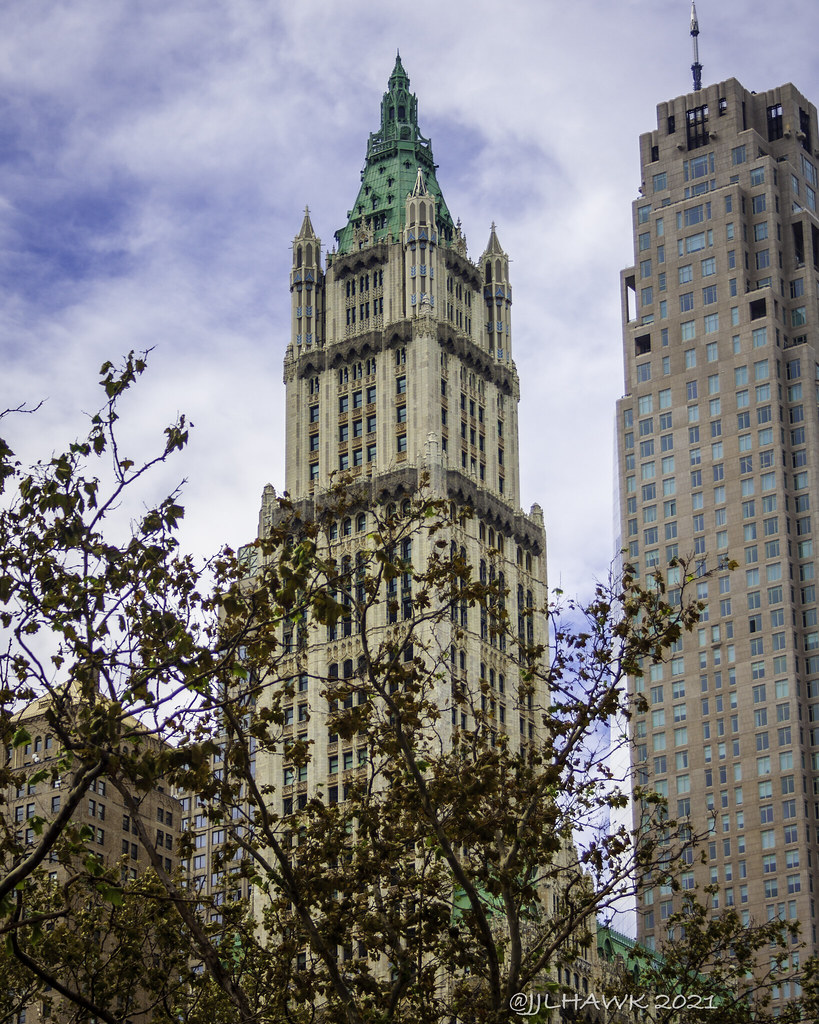NOTE: This article focuses on the applicability of NYCECC exemptions to Landmarked and Historic buildings and does not cover other types of exemptions. Please refer to 2020 NYCECC Section ECC 101, “Scope and General Requirements,” for more information.
Introduction – NYCECC, LPC, NRHP
The New York City Energy Conservation Code (NYCECC) establishes energy efficiency standards for buildings across the city, aiming to reduce energy consumption and greenhouse gas emissions.
The New York City Landmarks Preservation Commission (LPC) is responsible for designating and protecting the city’s landmarks and historic districts, ensuring that their architectural and historical significance is preserved. A landmarked building is officially designated by the LPC for its historical or cultural importance to NYC.
A “historic building” refers to structures listed in the National Register of Historic Places (NRHP). Additionally, a building can be considered “contributing” to a designated historic district. It is important to note that “contributing” is not based solely on location within an historic district. A contributing building will have a formal listing and associated listing number.
What does the NYCECC say?
The New York City Department of Buildings (DOB) provides exemptions from energy code compliance for historic buildings to protect their architectural and historical integrity. These exemptions acknowledge the unique challenges posed by retrofitting older structures, where modifications could compromise their original design and significance.
2020 NYCECC Section 101.7:
101.7 Historic Buildings. Historic Buildings, as defined in this code, are exempt from the requirements of this code.
2020 NYCECC C202 & R202 – General Definitions:
“HISTORIC BUILDING. The term historic building means an existing building or structure that:
- is listed in the New York State Register of Historic Places, either individually or as a contributing building to a historic district; or
- is listed in the National Register of Historic Places, either individually or as a contributing building to a historic district; or
- has been determined to be eligible for listing in either the New York State or national Register of Historic Places, either individually or as a contributing building to a historic district, by the New York State commissioner of Parks, Recreation, and Historic Preservation; or
- has been determined to be eligible for listing in the National Register of Historic Places, either individually or as a contributing building to a historic district, by the U.S. Secretary of the Interior.”
Note: While not defined in the above section, this exemption only applies to existing buildings. If the scope of work includes an addition (as defined in 2020 NYCECC C502), the addition must comply with current energy code.
Do Landmarked buildings qualify?
It is often assumed that a Landmarked building in NYC is automatically exempt from energy code compliance, as many LPC-designated buildings are located within historic districts. To clarify this misconception, NYC LPC includes the following statement on their Environmental Review homepage:
“Buildings that are designated by the Landmarks Preservation Commission as individual landmarks or located within New York City historic districts are not exempt from the NYCEEC unless they also meet at least one of the above criteria (i.e., listed or determined eligible for the State and/or National Registers).”
Is your building listed?
Option 1: National Register of Historic Places Database
The National Register provides compliance with Exemption #2 per C202 and R202. The links below include the full NRHP Database, as well as a filtered list for the 6,500 places throughout New York State.
NRHP List: https://home.nps.gov/subjects/nationalregister/database-research.htm/index.htm
NRHP Sites in New York State: https://data.ny.gov/widgets/iisn-hnyv
Option 2: NYC Cultural Resource Information System (CRIS)
For a more comprehensive list of NYC places that meet the “historic building” definition of C202/R202, there is the NYC Cultural Resource Information System (CRIS). The CRIS database includes a search tool and an interactive map. “Eligible” or “Listed” buildings will have an assigned “USN,” which is then used to document the exemption in LPC and DOB review. This provides compliance with Exemption #1 and/or Exemption #3.

References:
NYS National Register: https://data.ny.gov/widgets/iisn-hnyv
NRHP Database: https://home.nps.gov/subjects/nationalregister/database-research.htm/index.htm
CRIS Database: https://cris.parks.ny.gov/


